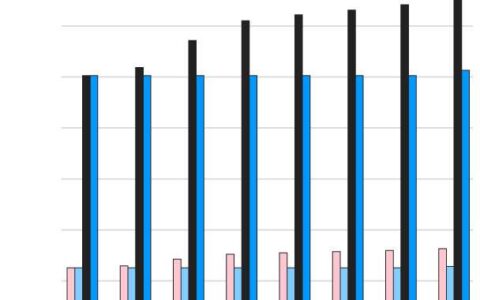In a significant global development, nearly 140 countries, including the Biden administration, are supporting a new tax framework developed by the Organisation for Economic Co-operation and Development (OECD). This initiative focuses on increasing taxes on international businesses, with American companies being a primary target.
As countries start to implement this OECD system and the US Congress deliberates on America’s role, a recent Cato Policy Analysis provides an in-depth look at the international tax system and its evolution. The report also examines profit-shifting trends and suggests reforms looking ahead.
Key Takeaways from the OECD’s Proposal
The OECD’s proposal, set to come under Congressional scrutiny in 2025, presents a crucial choice for the United States: to align with the OECD’s tax increases or forge an independent path. The Two-Pillar framework of the OECD aims to shift tax burdens significantly onto US firms. Pillar One proposes changing the tax payment locations for some companies, focusing on customer locations rather than where the business activities occur. Pillar Two introduces a global minimum tax of 15 percent.
This shift marks a departure from the OECD’s initial mission of reducing international business taxes. Instead, the current proposals resemble an international tax cartel, more intent on extracting revenue from American firms than promoting global trade and economic growth. The potential implementation of these tax increases poses risks to global investment and seems driven by Eurocentric concerns about tax competition and successful multinational businesses.
Debunking Misconceptions on Profit Shifting
The OECD’s proposal is based on two exaggerated ideas: that tax competition undermines the modern welfare state and that profit shifting is a significant, escalating issue. Contrary to these beliefs, lower corporate tax rates over recent decades have not led to reduced tax revenues. Additionally, profit shifting to tax havens is not as extensive as often portrayed. A considerable portion of corporate profits in low-tax countries result from genuine investments, and even artificially shifted profits can have economic benefits.
Access to tax havens effectively acts as a tax cut on investment, stimulating investment globally, including in non-haven countries. Therefore, restricting access to low-tax jurisdictions could negatively impact both foreign and domestic economic activities.
The United States’ Response and Recommendations
The United States faces an opportunity to reject the OECD’s tax plan and establish itself as the world’s leading business destination. The current consensus on the OECD’s tax system is more fragile than it appears, providing the US with a chance to take a different path.
The report recommends several reforms for the US to enhance its attractiveness for investment. These include reducing the corporate tax rate to 12 percent or even eliminating it, expanding full expensing to attract domestic investments, and transitioning to a fully territorial tax system. Simplifying the current complex web of international tax rules (like GILTI, FDII, BEAT, CAMT) is also suggested.
By adopting these reforms, the US could bolster its position as a prime location for new jobs, factories, intellectual property, and profits, countering the OECD’s tax plan and preventing potential detrimental tax hikes.











